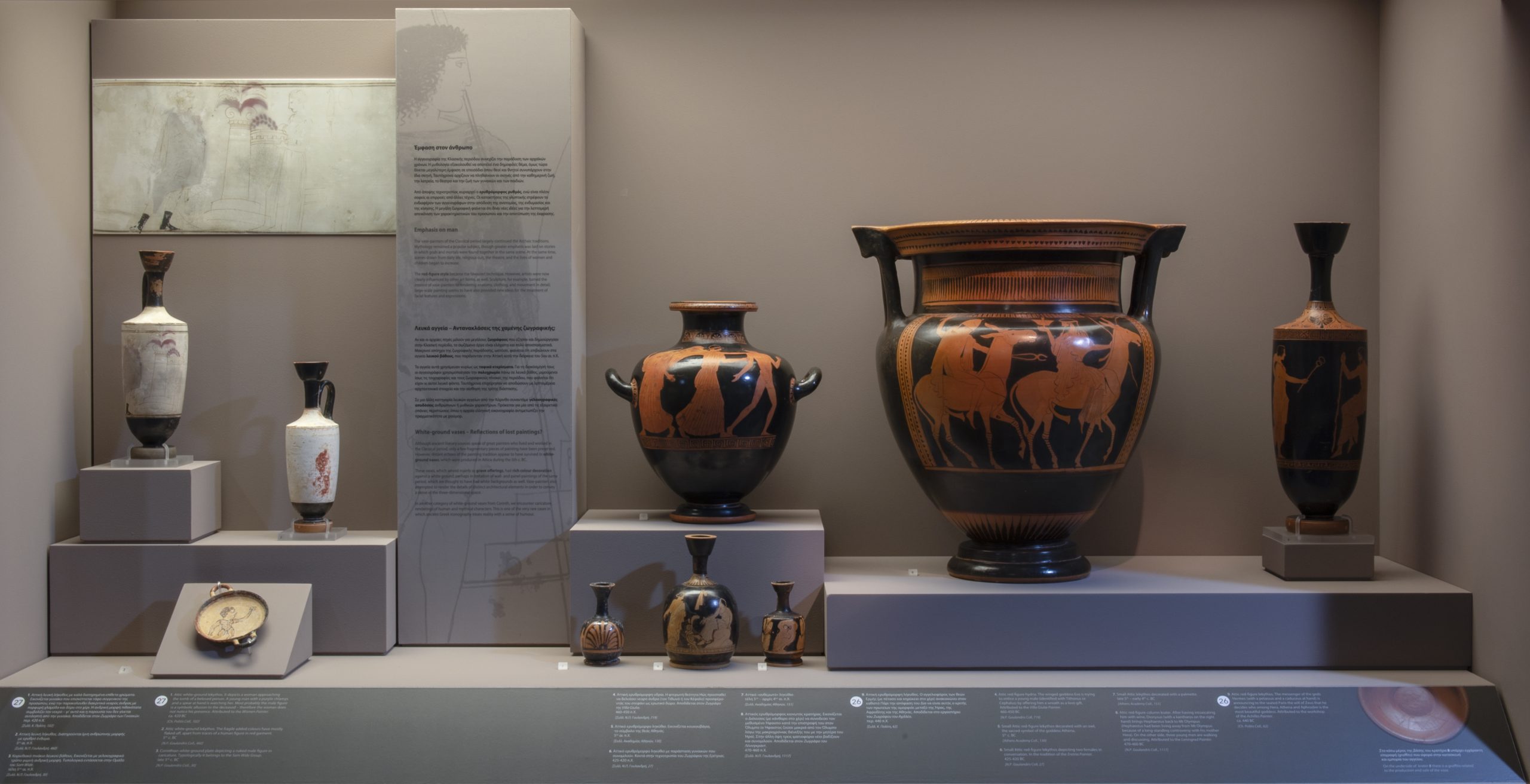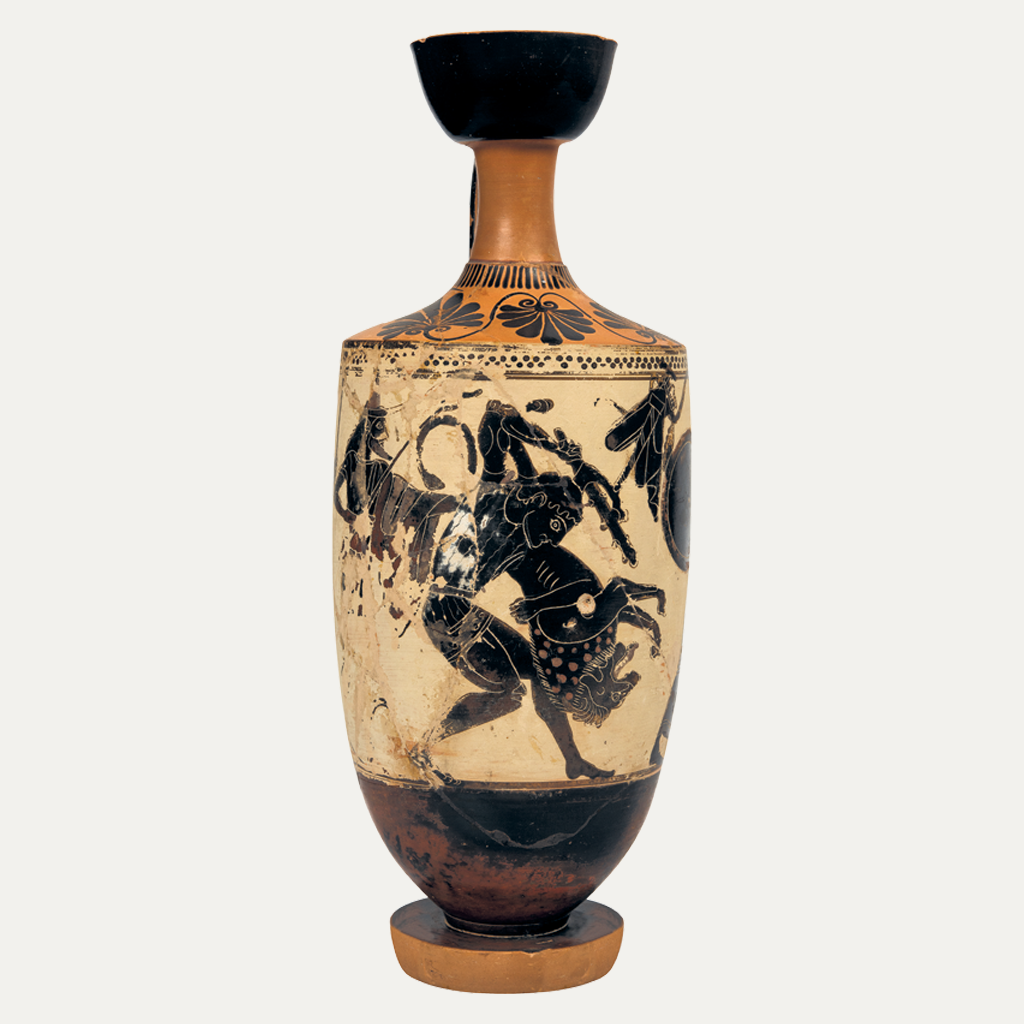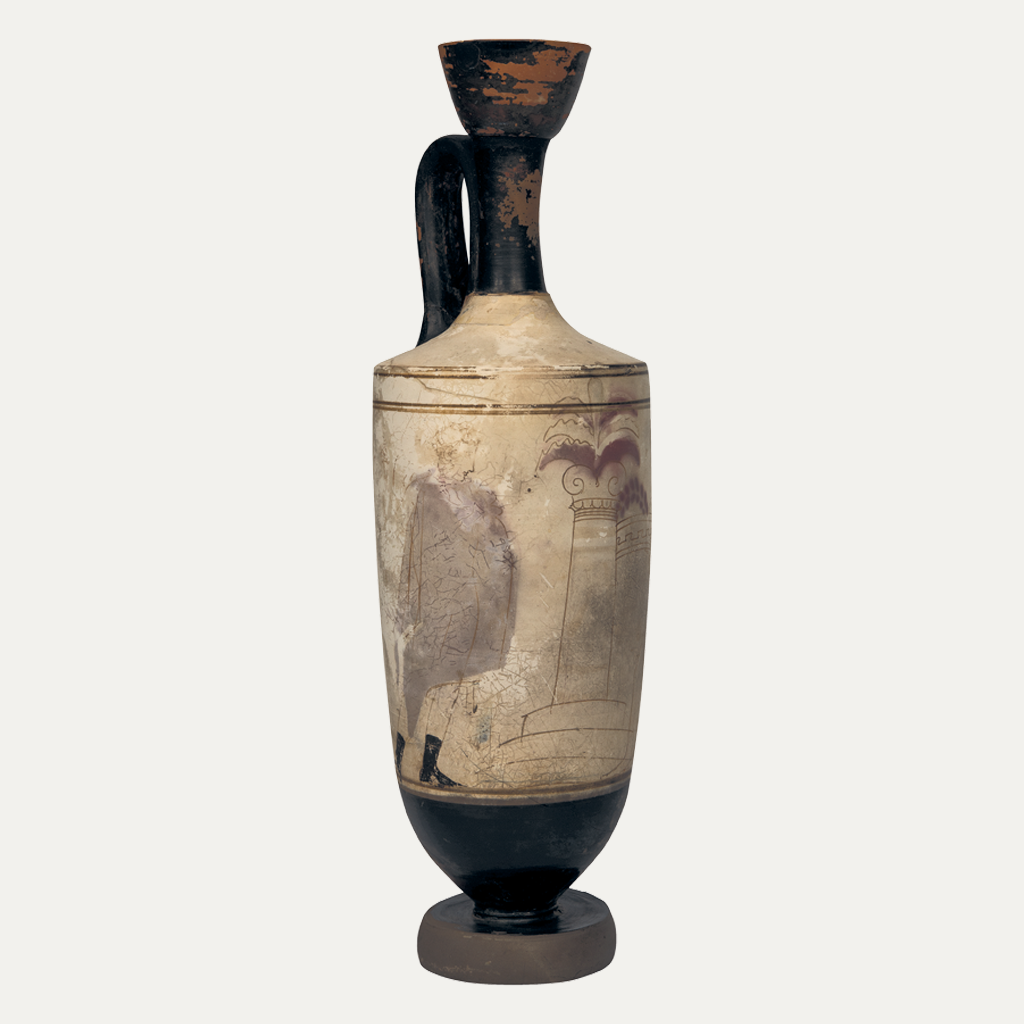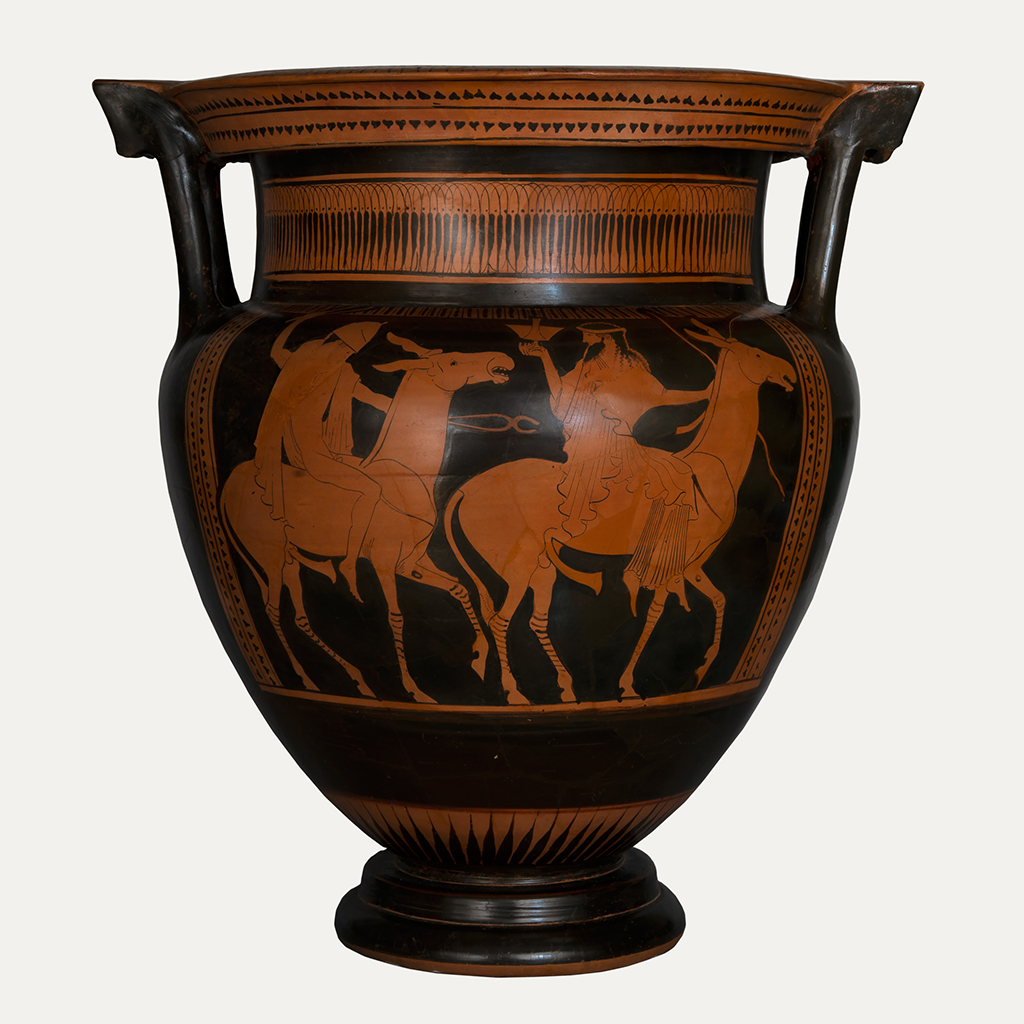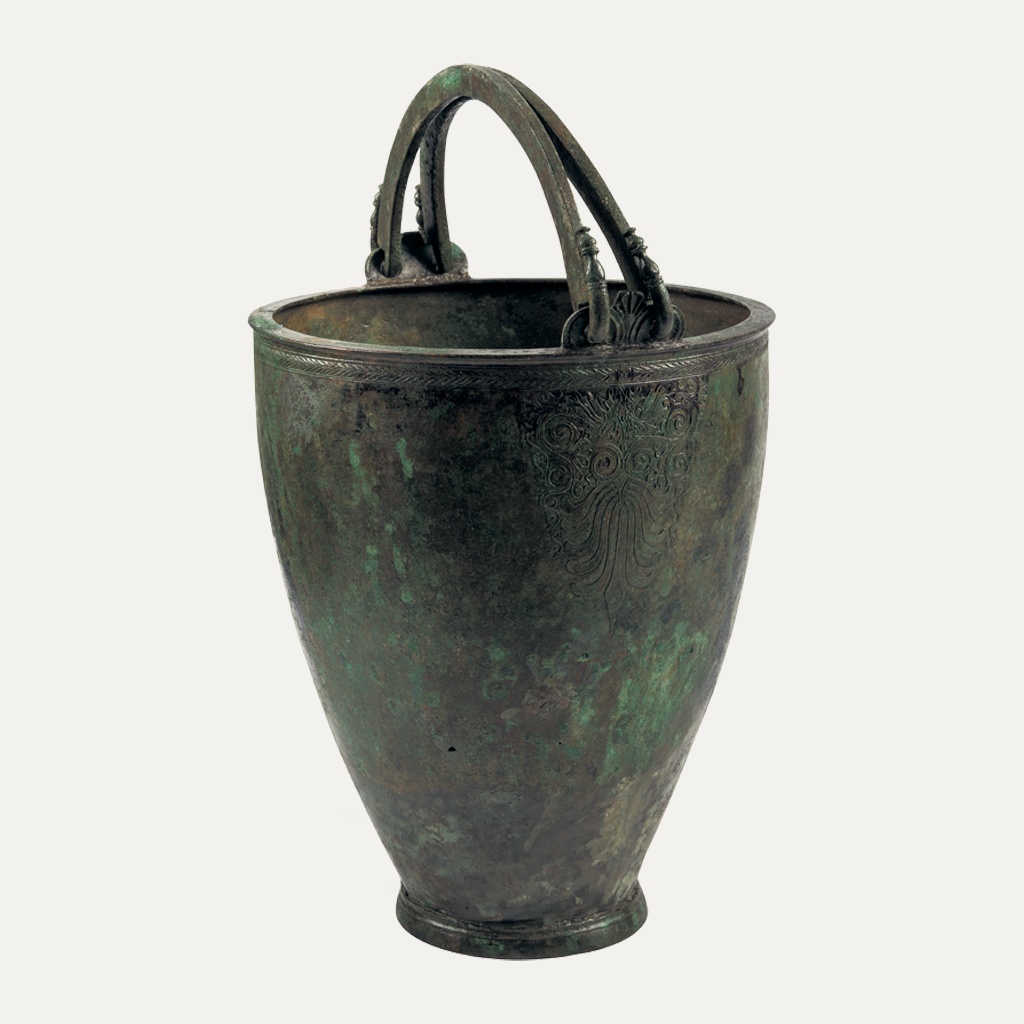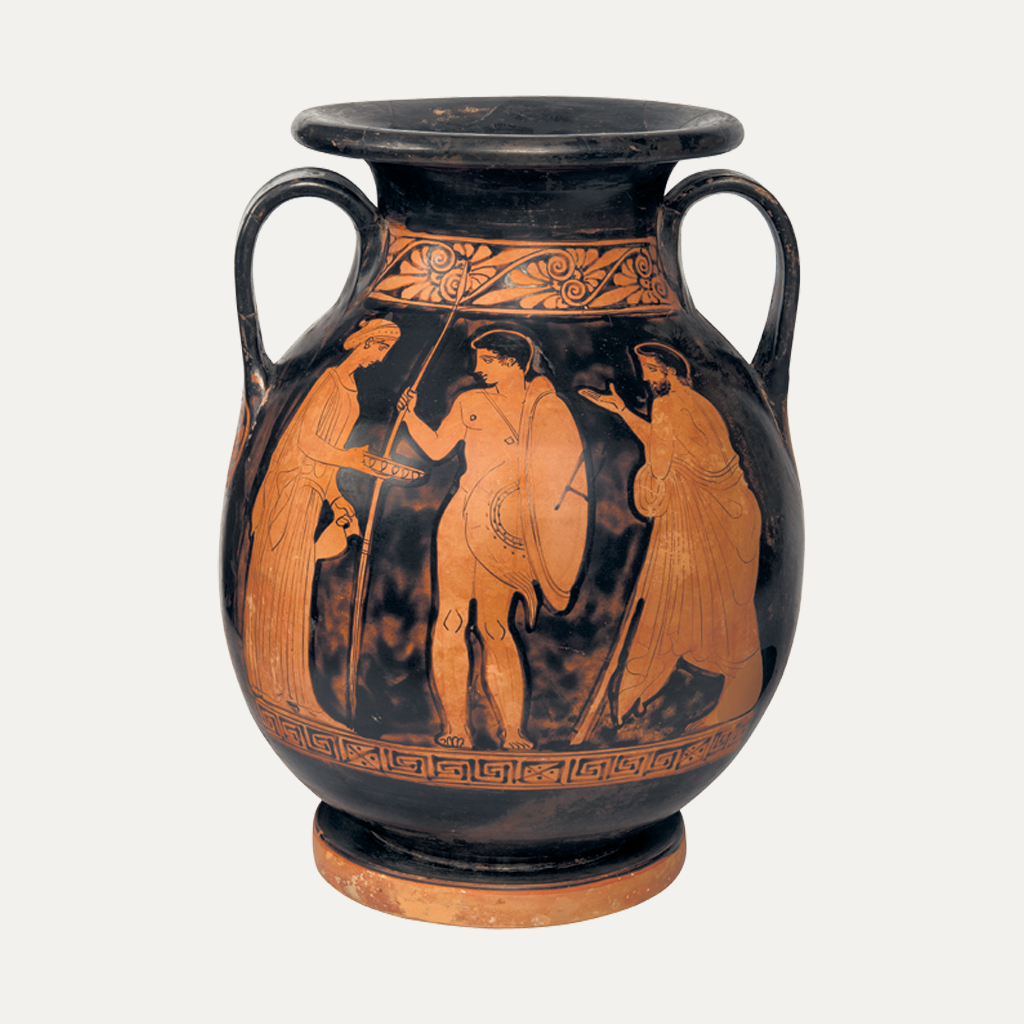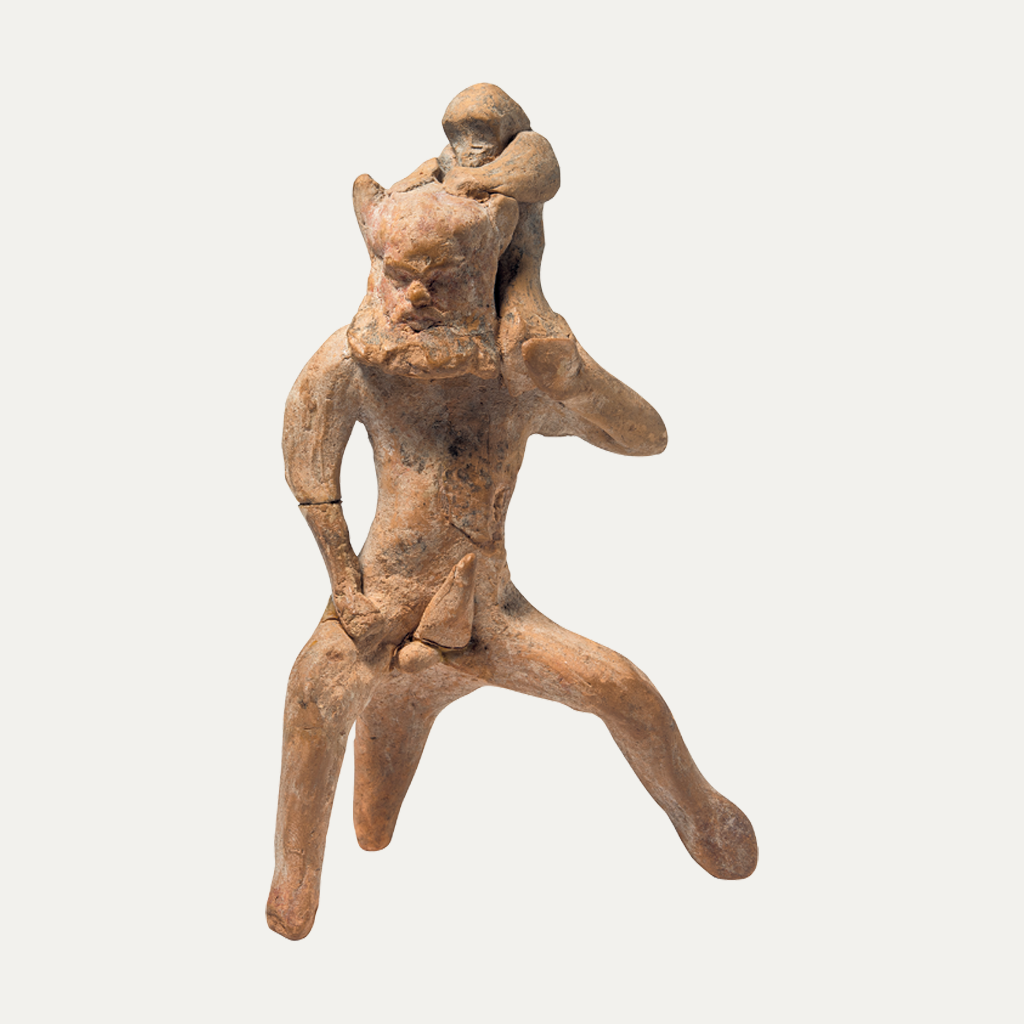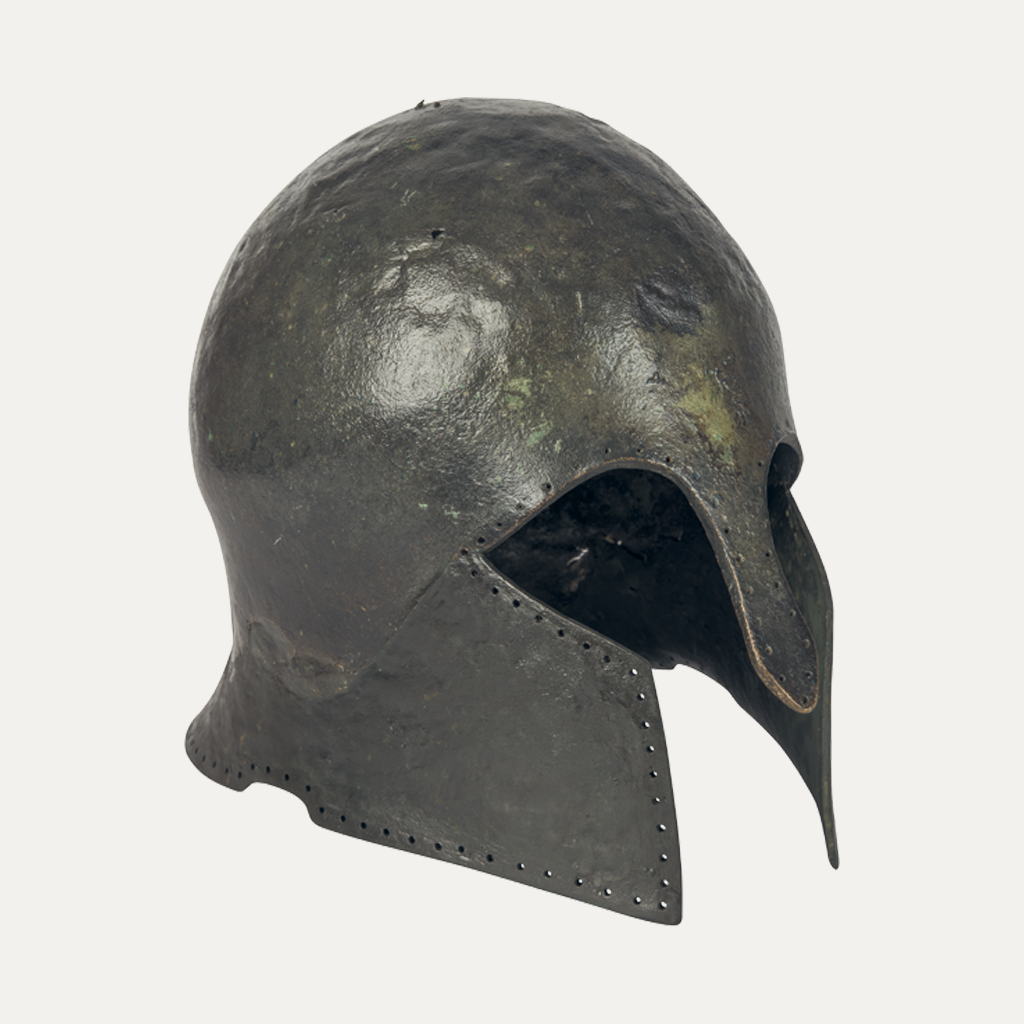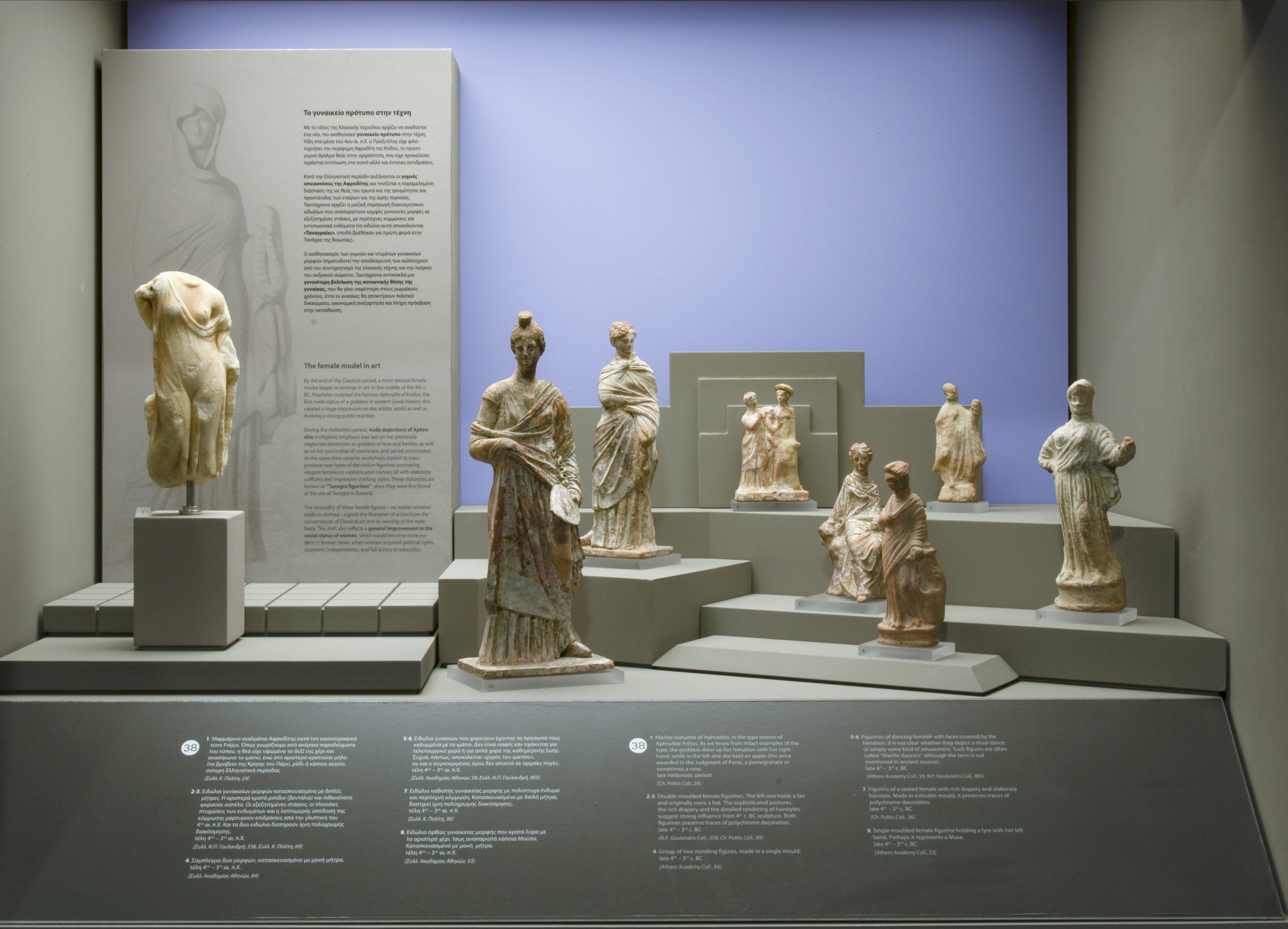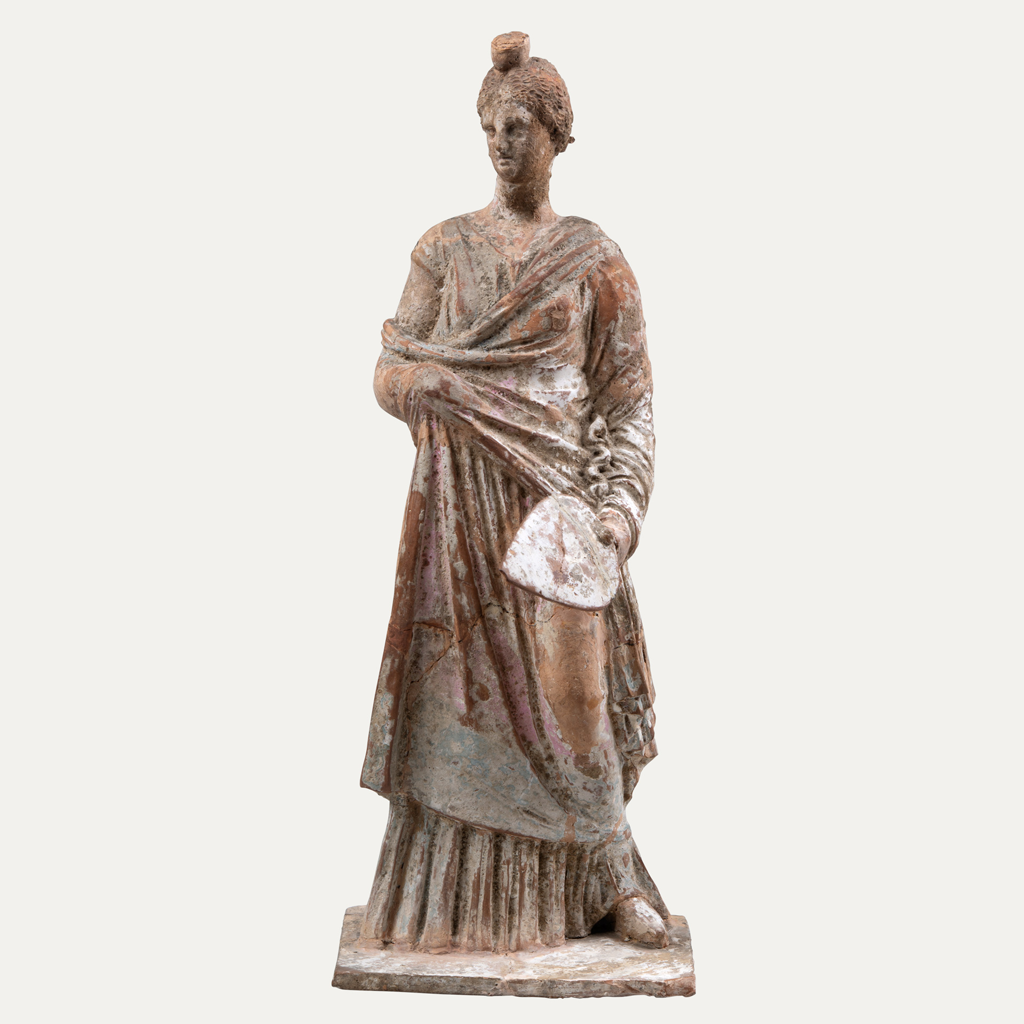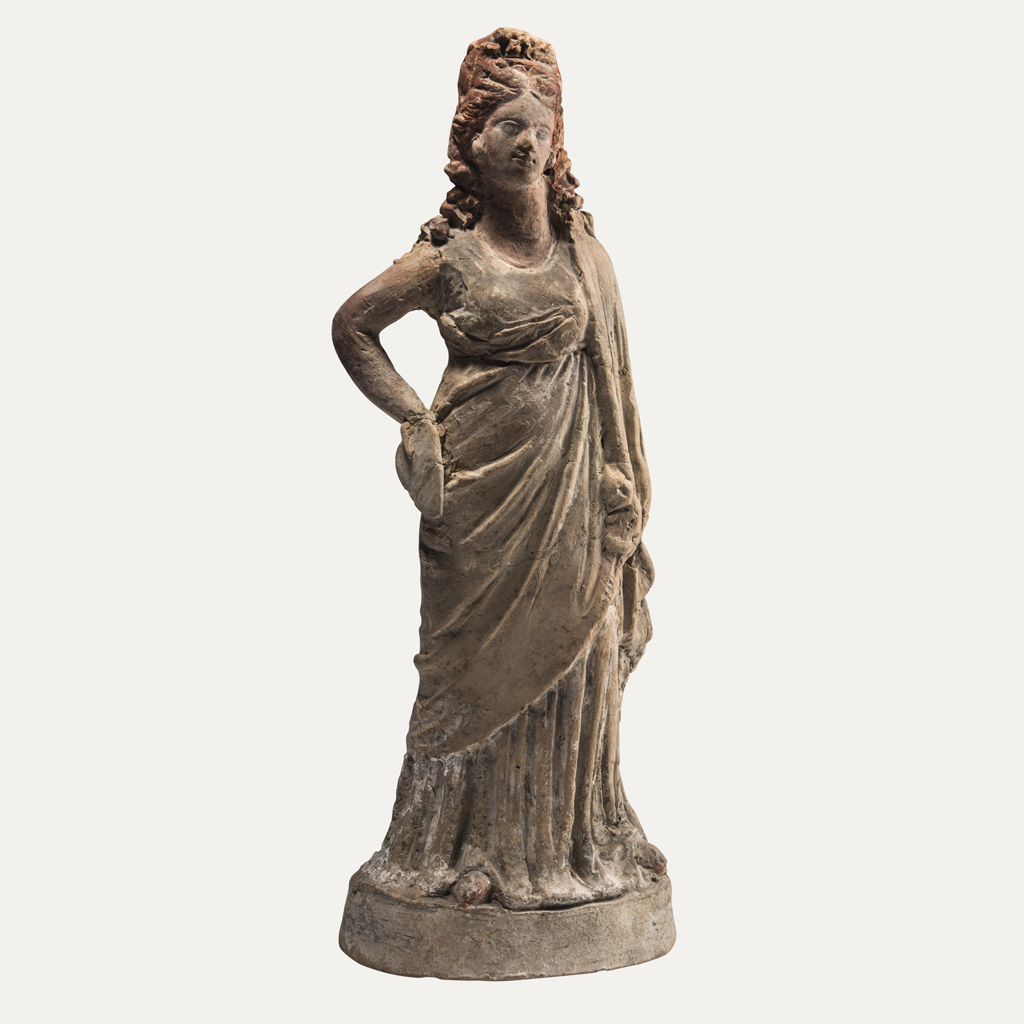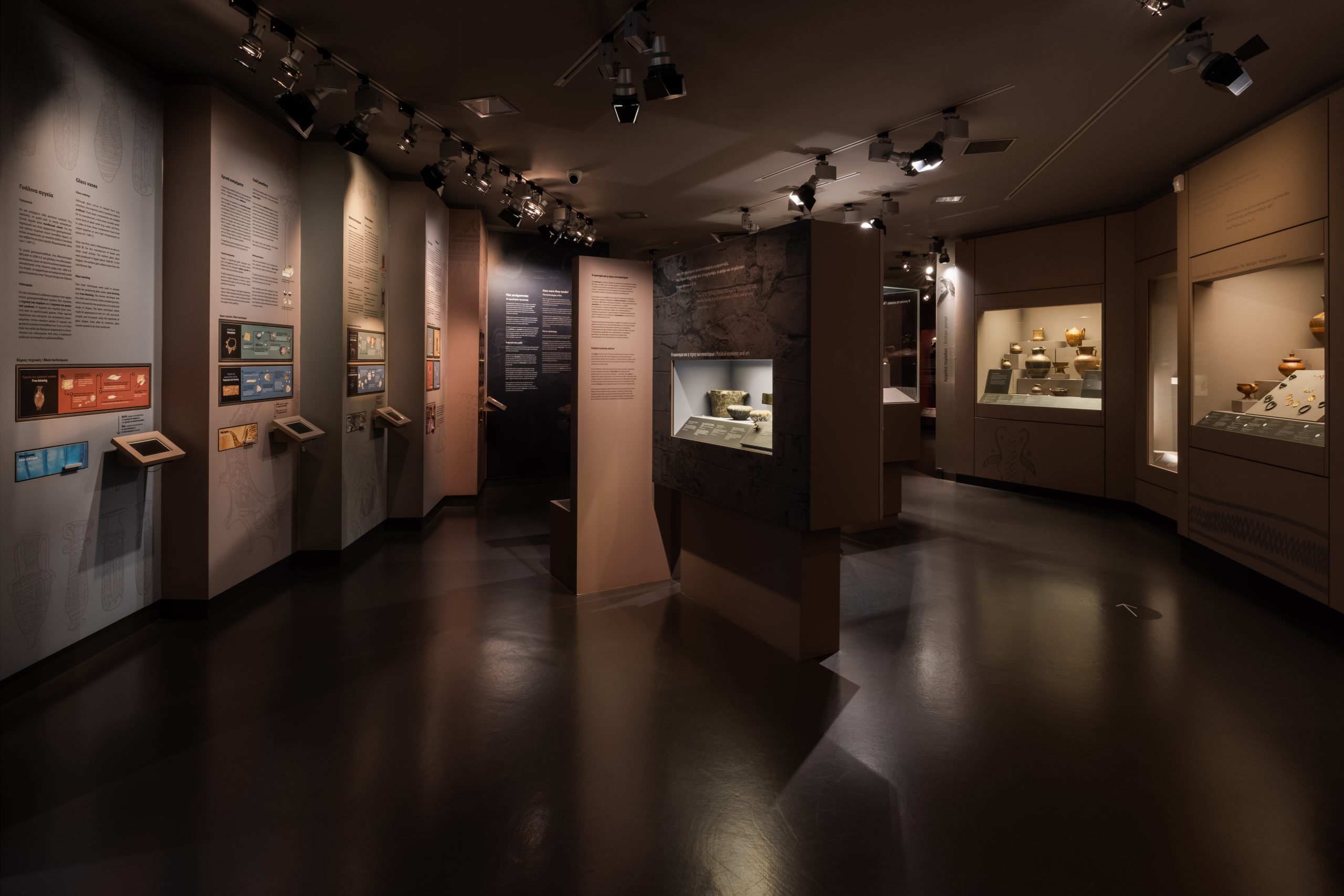Ancient Greek Art
A history in images
PERMANENT EXHIBITION
ON VIEW
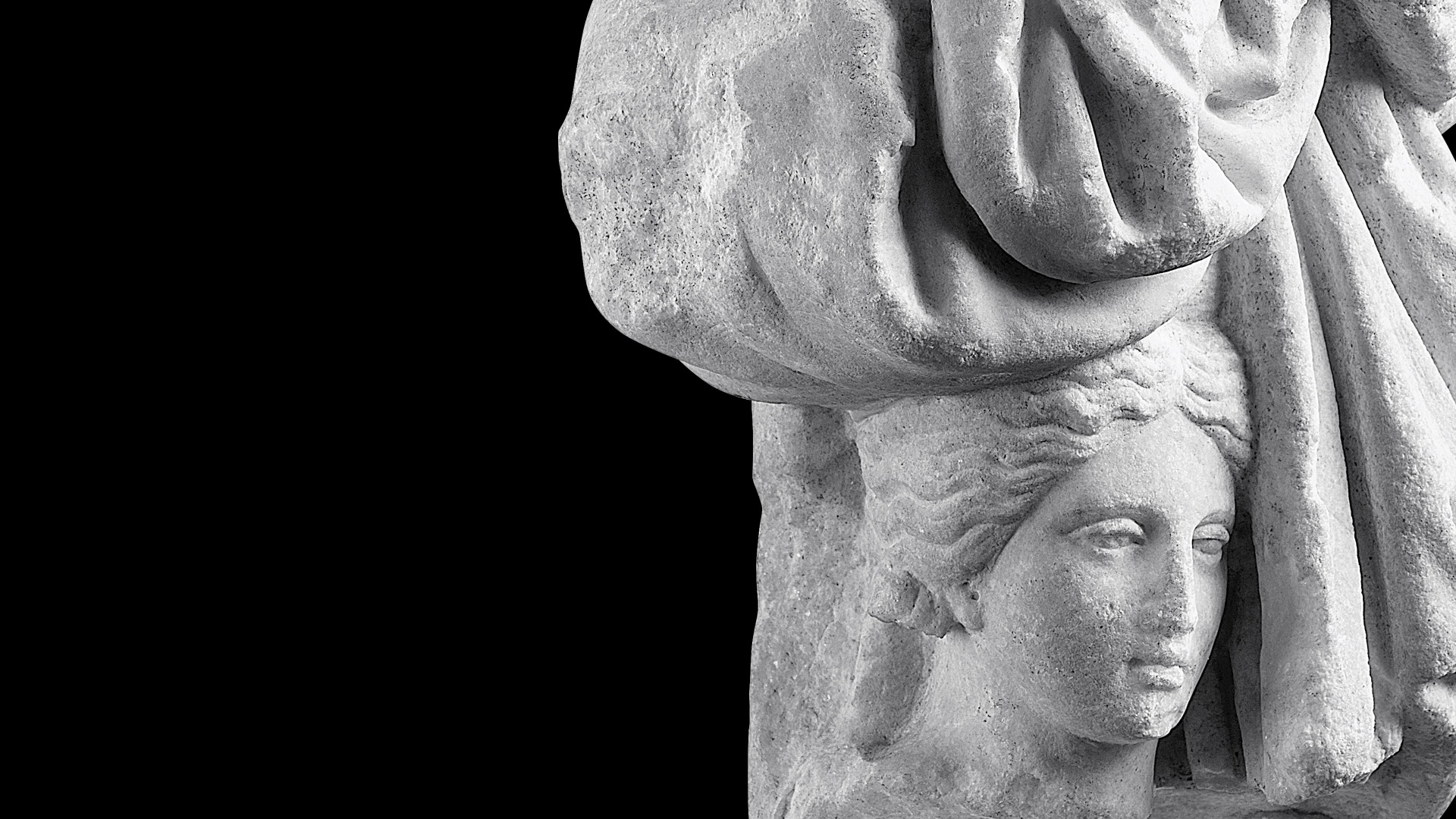
The new Exhibition, entitled A History with Images, chronologically displays about 400 objects of ancient Greek art – which date from the 2nd millennium BC to the 4th century AD. The Exhibition’s narrative, however, is based on the image.
During this period of roughly 1600 years, many important socio-political developments took place, including the birth of the ancient Greek city, the emergence of democracy, and the creation of the first Mediterranean empires.
Each of these developments left its imprint on the art of the period, producing images that reflect the different social values and patterns of the time.
ANCIENT GREEK SOCIETY
The ancient Greek city is often called the “city of images”, as few ancient civilizations depicted their gods and heroes, myths, daily life, and death in such extensive detail. Visual art not only decorated public buildings and luxury objects but also objects of everyday and personal use.
The thematically organized displays of this Exhibition offer a creative approach to the societies of mainland Greece and the Aegean in prehistoric and historical times. The timeless journey focuses on the stylistic transformations of Greek art and explores the changing role of images throughout Greek antiquity.
The Exhibition includes clay vases, stone objects, clay figurines, marble sculptures and reliefs, bronze and glass vessels, gold jewelry, and a representative selection of seals and coins.
TRADE – WAR – RELIGION
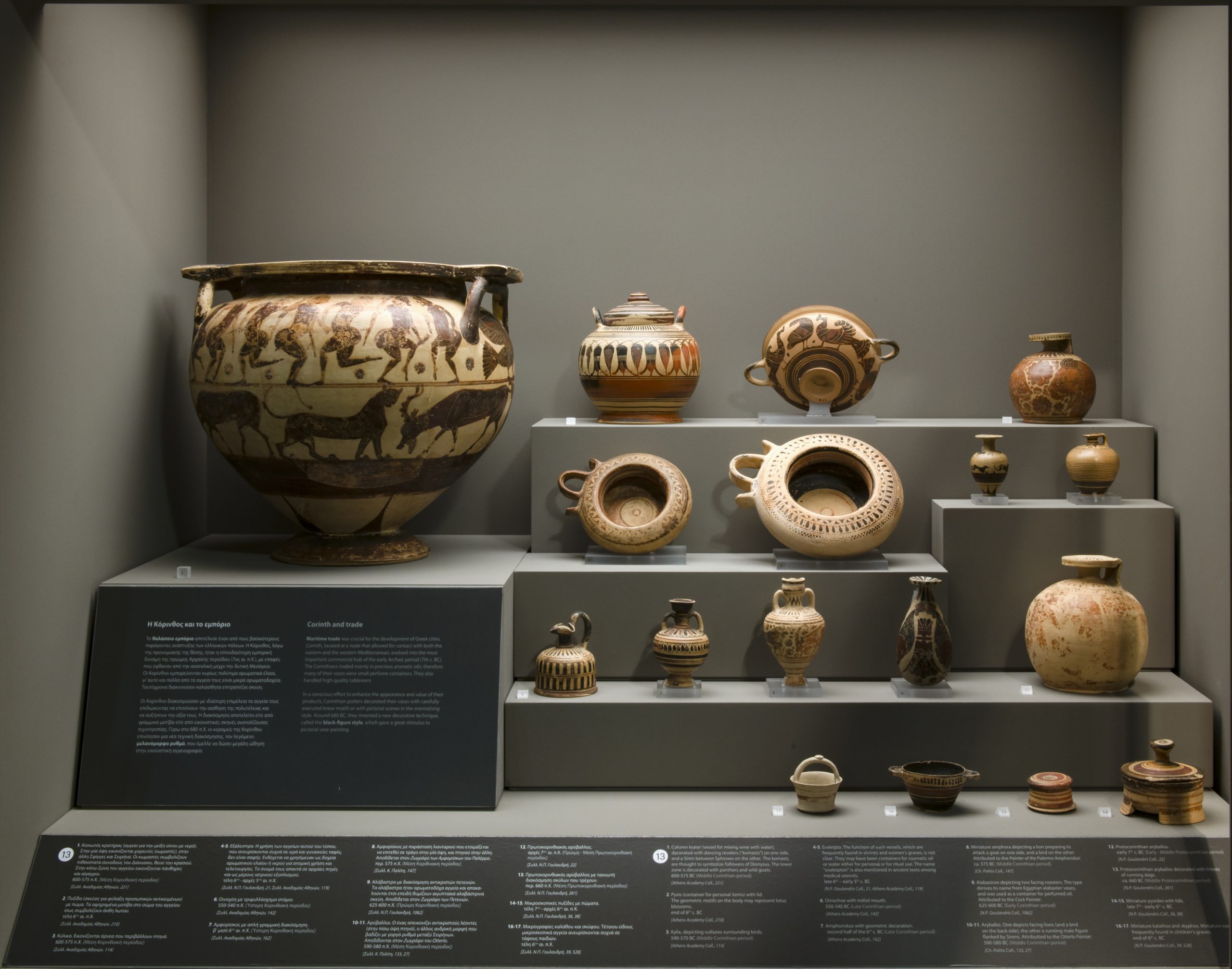
This Exhibition offers a new look at ancient Greek societies. Visitors are invited to examine the objects in their historical context and timelessness, while being asked to consider their symbolic dimension and the power of images to convey messages and ideologies. For example, Geometric period vases – with their funerary and heroic representations – are not only treated as examples of technical perfection but also as the result of demographic and social developments that required the creation of non-verbal forms of communication.
Additionally, the rich iconography of the hoplite of the Archaic period does not only refer to martial activity but also reflects the important role of hoplites/citizens in the social life of the Greek city-states.
The Exhibition also explores some lesser-known issues, such as the relationship between popular worship – reflected in the numerous clay figurines of deities – and official religion, as well as the importance of the fantastic and the absurd – as expressed through the frequent depictions of mythical creatures (Centaurs, Satyrs, etc.) – in a society where moderation and logic was prominent.
THE ROLE OF WOMEN
Similarly, female figures portrayed in Attic red-figure vases are not only realistic depictions of Athenian women but also images that reflect the dominant attitudes about gender roles in Classical Athens.
At the same time, the Exhibition places emphasis on elements of cultural interaction and the role of foreign influences on the evolution of artistic trends and techniques. Visitors are therefore given the opportunity to place the information they gain from the ancient works within a broader cultural context and become familiar with alternative ways of ‘reading the past’.
ANCIENT GREEK TECHNOLOGY
The final section of the Exhibition is dedicated to the technological achievements of ancient Greek society. Short films, rotating panels, and other interactive applications reveal the working methods and tools used to manufacture clay vessels and figurines, bronze weapons, gold jewelry, and glassware.
